
Unlocking the Secrets of Earth's History: Galactic Forces Etched in Crystals
2025-09-22
Author: Michael
What if the Galaxy Shaped Our Planet?
When we envision the forces that shaped Earth, we typically think of volcanoes, earthquakes, and the slow dance of continents over eons. But what if our planet’s story is also written in the tapestry of the cosmos, specifically within the spiral arms of our galaxy, the Milky Way? This daring notion is fueling exciting new research that connects the realms of astrophysics and geology.
A Groundbreaking Study Linking Space and Earth
A recent study published in *Physical Review Research* turns the tide on previous theories by examining how the Solar System's path through the Milky Way might have influenced Earth's crust. Researchers compared hydrogen gas maps of our galaxy with isotopic signatures found in ancient zircon crystals on Earth, revealing compelling evidence that suggests a galactic imprint on our geological history.
The Cosmic Markers: Hydrogen Gas in the Milky Way
Astronomers consider neutral hydrogen, the simplest atom, as a cosmic compass. This atomic hydrogen emits radio waves at a specific wavelength, penetrating the cosmic dust that clouds our view of the Milky Way. The emitted signals unveil the sweeping spiral arms of the galaxy, which act more like bustling traffic jams of stars, gas, and dust rather than solid structures.
Zircons: Time Capsules of Earth's Past
So, how do we figure out if these galactic encounters truly influenced Earth? The answer lies in zircon, a resilient mineral found in Earth's crust that can withstand billions of years. These crystals are like tiny time capsules, capturing chemical clues about Earth's state during their formation. Variations in isotopes present in zircon can indicate whether the magmas that formed them interacted with surface water or originated deep within the planet.
Decoding Earth's Crust with Galactic Patterns
In this fascinating study, researchers directly correlated zircon isotope data with the galactic density of hydrogen. The results are striking: spikes in zircon variability align perfectly with periods when the Solar System traversed spiral arms rich in hydrogen. Essentially, these fluctuations in Earth's crust mirror the cosmic dance of our Solar System.
A Galactic Turbulence That Shakes Earth?
One theory posits that as the Solar System passes through these spiral arms, it disturbs the Oort Cloud, a remote region filled with icy comets. These comets could then be sent hurtling towards Earth, unleashing catastrophic impacts that alter geological landscapes and leave indelible marks in our planet's crust. Unlike visible craters that fade over time, the records held within zircon may preserve these galactic influences for billions of years.
The Cosmic Interconnection of Planetary Evolution
If these findings are substantiated, they could dramatically reshape our understanding of how Earth evolves. This link suggests that to grasp our planet's history fully, we need to look beyond its surface and consider the greater cosmic structures that have periodically influenced our environment.
Caution Amidst the Wonder
Of course, while the correlations are fascinating, we must tread carefully. Correlation does not equate to causation, and the interplay between galactic events and Earth's internal dynamics is complex. However, the evidence presented is enough to prompt further investigation.
As renowned researchers Chris Kirkland and Phil Sutton shed light on this cosmic connection, we find ourselves unraveling a profound narrative that links tiny grains of zircon to the vast universe. Through these remarkable crystals, we catch a glimpse of the intricate bond between Earth and the cosmos.
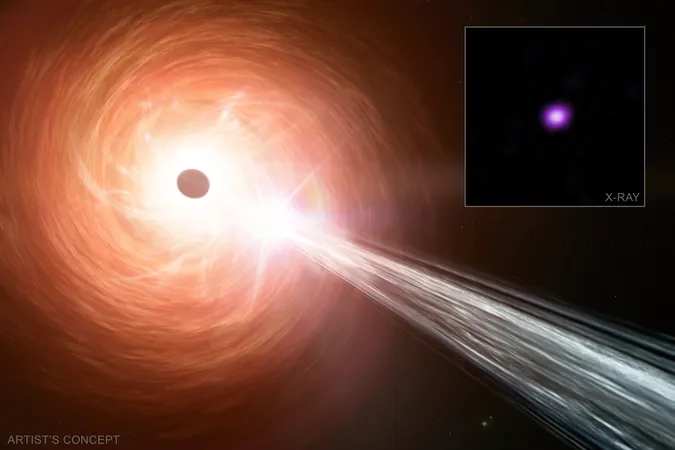

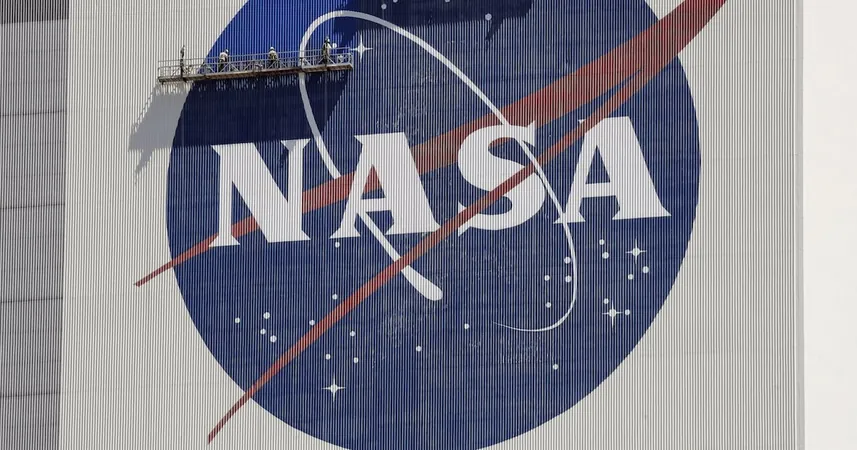
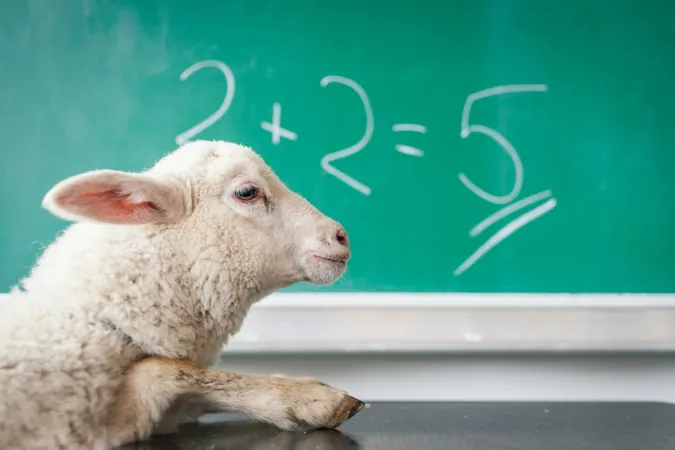
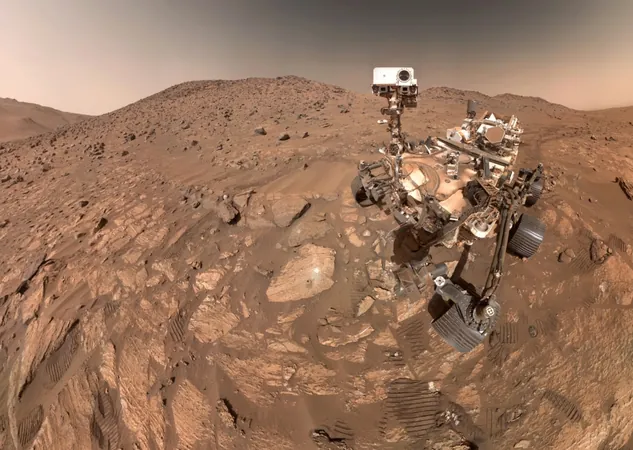

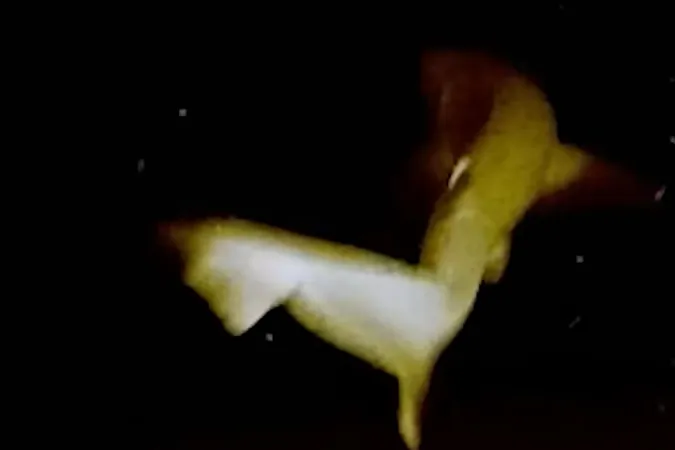
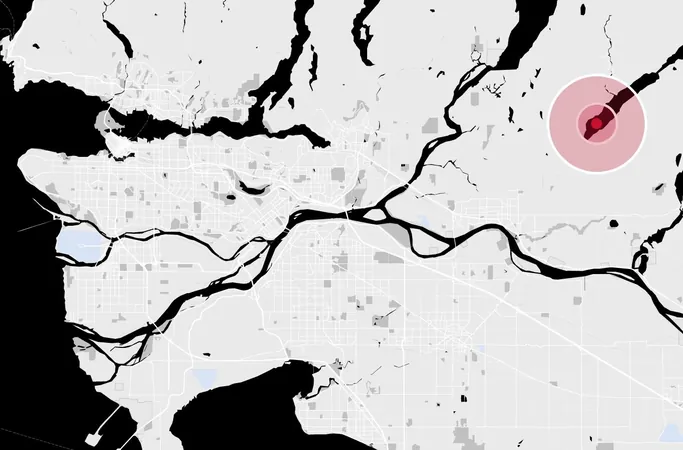
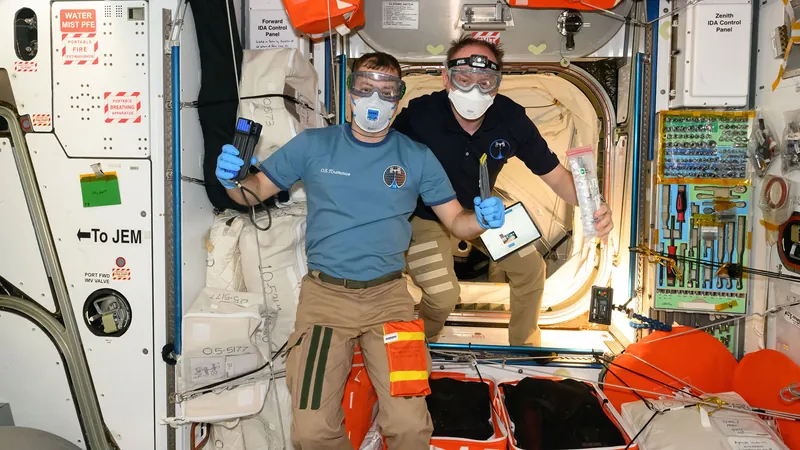
 Brasil (PT)
Brasil (PT)
 Canada (EN)
Canada (EN)
 Chile (ES)
Chile (ES)
 Česko (CS)
Česko (CS)
 대한민국 (KO)
대한민국 (KO)
 España (ES)
España (ES)
 France (FR)
France (FR)
 Hong Kong (EN)
Hong Kong (EN)
 Italia (IT)
Italia (IT)
 日本 (JA)
日本 (JA)
 Magyarország (HU)
Magyarország (HU)
 Norge (NO)
Norge (NO)
 Polska (PL)
Polska (PL)
 Schweiz (DE)
Schweiz (DE)
 Singapore (EN)
Singapore (EN)
 Sverige (SV)
Sverige (SV)
 Suomi (FI)
Suomi (FI)
 Türkiye (TR)
Türkiye (TR)
 الإمارات العربية المتحدة (AR)
الإمارات العربية المتحدة (AR)